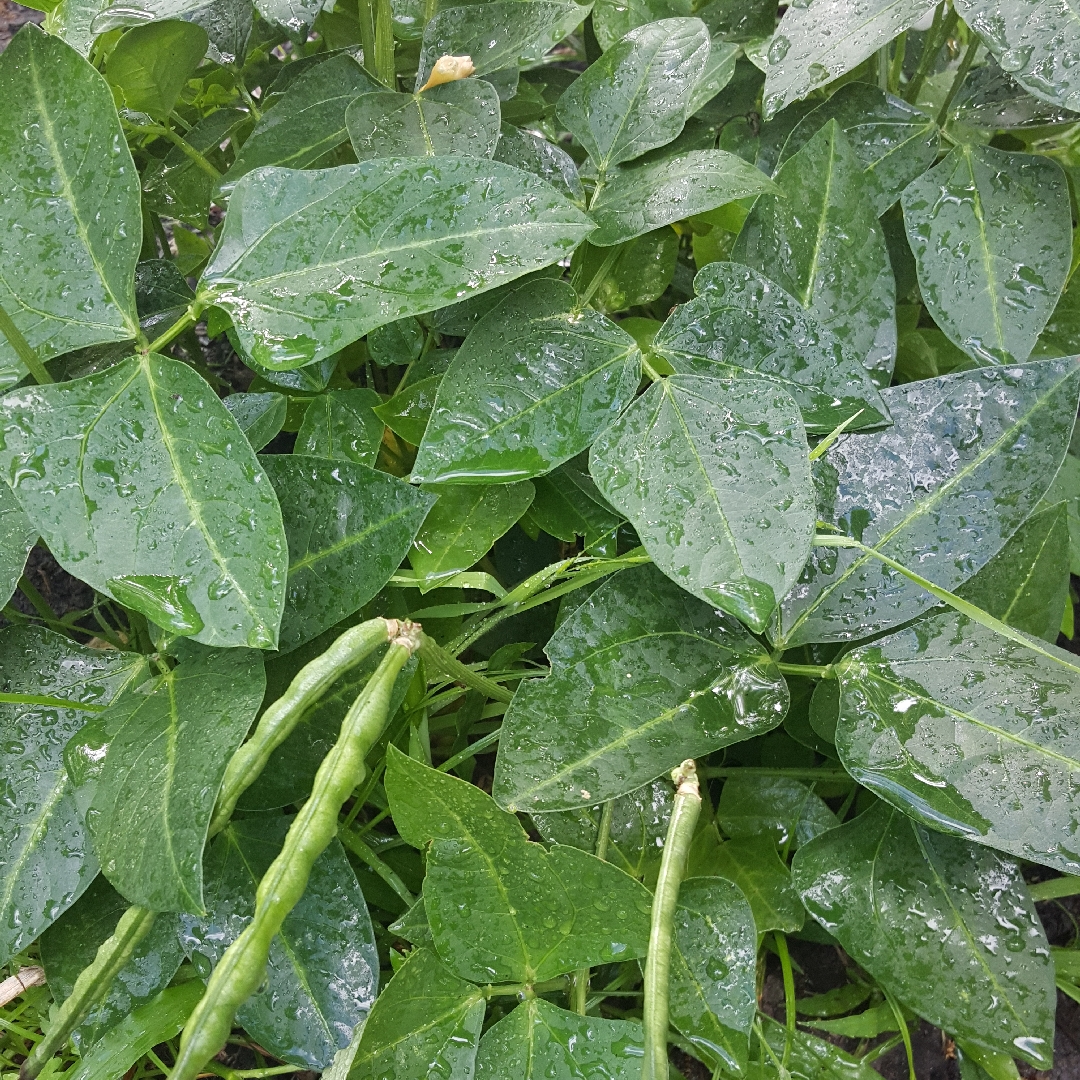
Vigna unguiculata subsp. unguiculata
Black-eyed peas
Black-eyed peas can be climbing plants or bush plants, depending on the variety grown. Planting black-eyed peas should be done when soil temperatures have warmed to a consistent 65 degrees F. Fertiliser should be limited, as too much nitrogen can result in lush leaf growth at the expense of developing pea-pods. Harvesting is usually 60 - 90 days from sowing, depending on whether the variety is determinate (all ripe at the same time) or indeterminate (ripening throughout the season)
Contributed by @canabe2
-
Full sun
-
Occasional watering
-
Not Frost hardy
-
Moist and free draining
Common name
Black-eyed peas
Latin name
Vigna unguiculata subsp. unguiculata
type
Vegetable
family
Fabaceae
ph
7.0 - 8.5 Acid - Neutral
Plant & bloom calendar
-
Best time to plant
-
When to harvest
full grown dimensions
 0.80 M
1.20 M
0.80 M
1.20 M
Vigna unguiculata subsp. unguiculata
Black-eyed peas can be climbing plants or bush plants, depending on the variety grown. Planting black-eyed peas should be done when soil temperatures have warmed to a consistent 65 degrees F. Fertiliser should be limited, as too much nitrogen can result in lush leaf growth at the expense of developing pea-pods. Harvesting is usually 60 - 90 days from sowing, depending on whether the variety is determinate (all ripe at the same time) or indeterminate (ripening throughout the season)
Planting outdoors in spring
From Mid Spring TO Mid Summer
Plant container grown peas in mid Spring in triple rows about 4" between seedlings. Don't let them dry out.
Propagation by seed
From Early Spring TO Early Summer
Early round seeded peas can be sown in early Spring; and wrinkle seeded, second early or main crop varieties are best sown in mid Spring, when the ground has warmed a little. Sow in shallow trench about 2" deep and 10" wide sprinkle seed in the bottom to end up about 4" apart.













